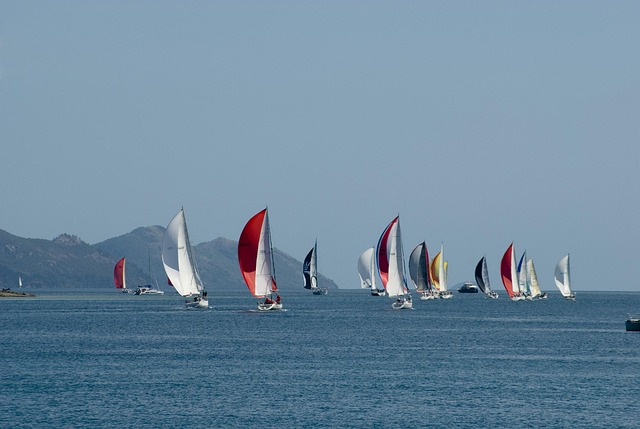The Impact of Venue Altitude on Sports Performance
Altitude plays a significant role in sports performance, affecting athletes in various ways depending on the sport and individual. From endurance to strength sports, the altitude of a venue can either be an advantage or a hindrance to athletes. In this article, we will explore the influence of venue altitude on sports performance and how athletes can adapt to compete at different elevations.
Understanding Altitude and Its Effects
Altitude refers to the height above sea level at a particular location. As altitude increases, the air pressure decreases, resulting in lower levels of oxygen in the air. This decrease in oxygen availability can have profound effects on the human body, especially during physical exertion.
At higher altitudes, athletes may experience symptoms of altitude sickness, such as shortness of breath, fatigue, and dizziness. These symptoms are due to the body’s struggle to adapt to the lower oxygen levels, leading to decreased performance and increased risk of injury.
Impact on Endurance Sports
Endurance sports, such as long-distance running, cycling, and swimming, are heavily influenced by altitude. Training at high altitudes can improve an athlete’s oxygen-carrying capacity, red blood cell production, and overall aerobic performance. However, competing at high altitudes without proper acclimatization can lead to decreased performance and potential health risks.
Altitude training camps in locations like the Rocky Mountains or the Andes have become popular among endurance athletes seeking to gain a competitive edge. By exposing their bodies to the challenges of high altitude, athletes aim to adapt to the lower oxygen levels and improve their performance at sea level competitions.
Effect on Strength and Power Sports
Contrary to endurance sports, strength and power sports, such as weightlifting and sprinting, may be negatively impacted by high altitudes. The decreased oxygen availability can impair muscle function and limit explosive power output, leading to reduced performance in short-duration, high-intensity efforts.
For athletes in strength and power sports, competing at high altitudes requires careful planning and adaptation strategies to mitigate the effects of altitude on their performance. These athletes may need to adjust their training schedules, focus on maintaining hydration and nutrition, and incorporate altitude simulation techniques to improve their performance in challenging conditions.
Adaptation Strategies for Altitude Competition
Whether competing in endurance or strength sports, athletes can benefit from specific adaptation strategies to optimize their performance at different altitudes. These strategies include:
- Gradual acclimatization to high altitudes through training camps or altitude simulation
- Hydration and nutrition management to support the body’s oxygen utilization and recovery processes
- Altitude-specific training protocols to simulate the challenges of competing at high altitudes
- Monitoring and adjusting performance expectations based on altitude effects and individual responses
Case Studies and Performance Data
Several studies have explored the effects of altitude on sports performance, providing valuable insights into how athletes can adapt to different altitude conditions. By analyzing performance data and physiological responses, researchers have identified key factors that influence athletic performance at altitude.
Case studies of elite athletes who have successfully competed at high altitudes offer valuable lessons for aspiring competitors. Understanding how top athletes prepare for altitude challenges can help others improve their own performance and achieve their goals in demanding conditions.
FAQs
Q: Can altitude training improve overall athletic performance?
A: Altitude training can be beneficial for improving aerobic capacity and endurance performance in athletes. However, individual responses to altitude training may vary, and proper planning and monitoring are essential to maximize the benefits.
Q: What are the risks of competing at high altitudes without proper acclimatization?
A: Competing at high altitudes without adequate acclimatization can lead to decreased performance, fatigue, and potential health complications due to the body’s inability to adapt to the lower oxygen levels. It is crucial for athletes to prioritize their safety and well-being when competing at altitude.
Conclusion
In conclusion, the influence of venue altitude on sports performance is a complex and multifaceted aspect of athletic competition. While altitude can provide benefits for endurance athletes, it presents challenges for those in strength and power sports. By understanding the effects of altitude, implementing adaptation strategies, and learning from case studies, athletes can optimize their performance at different altitudes and elevate their competitive capabilities.
| Altitude | Effect on Performance |
| High | Endurance sports may benefit, while strength and power sports may suffer |
| Low | Strength and power sports may excel, but endurance sports could face challenges |







